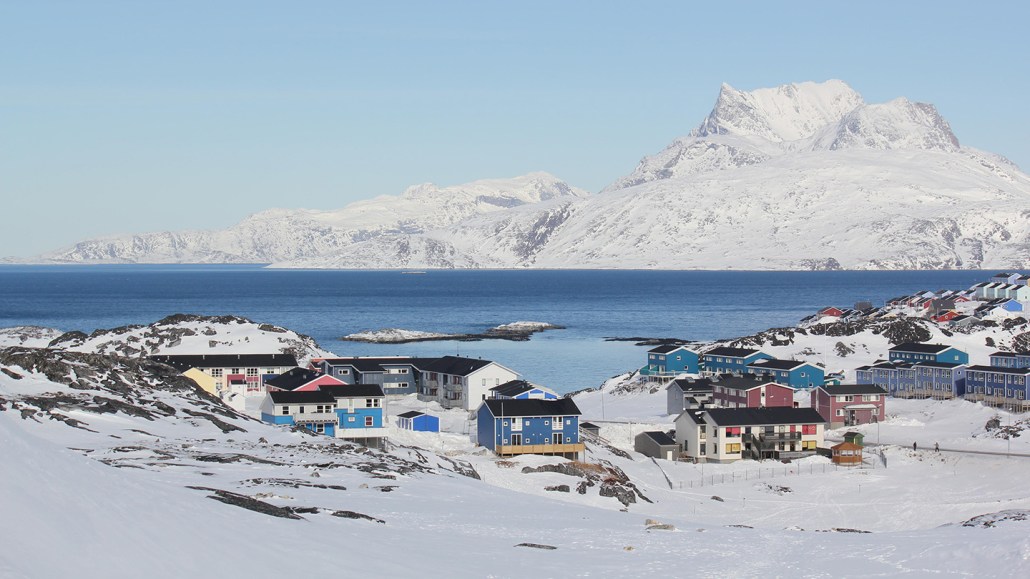
Arctic regions, such as Greenland’s capital city of Nuuk, have seen temperatures warm four times as fast as the rest of the planet, on average.
Hada Ajosenpää/Finnish Meteorological Institute

Arctic regions, such as Greenland’s capital city of Nuuk, have seen temperatures warm four times as fast as the rest of the planet, on average.
Hada Ajosenpää/Finnish Meteorological Institute